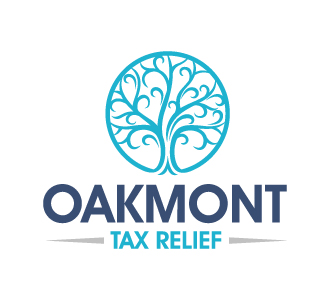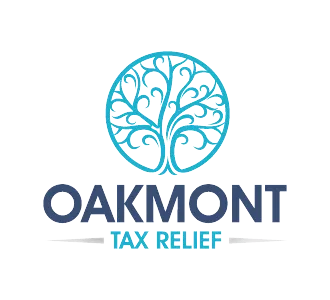How Does the IRS Stream line Installment Agreement Work?
How Does the IRS Streamline Installment Agreement Work?
Every business owner or individual must first qualify to be a part of a stream line instalment agreement. For that, your business needs to owe $25,000 at the most or lower. On the other hand, if you are an individual, you may owe $100,000 or less. The IRS calls them streamlined agreements because you don't need to verify your income, expenses, debts, or assets. In simple terms, an SIA doesn't require a Collection Information Statement if you can pay your balance before your CSED lapses.
Conditions of SIA
You can't take forever to pay your balance amount. These payment plans usually last up to 60 months. But you may take slightly longer if you have a good track record. However, you can't extend your repayment period beyond your Collection Statute Expiration Date. The Collection Statute Expiration Date is the date when your tax debt expires.
What if you cannot meet the payment terms mentioned in the streamlined agreement? If you are not able to make your minimum monthly payment, you can consider a Partial Payment Installment Agreement or an Offer in Compromise. Otherwise, you can prove your financial troubles to the IRS.
Streamlined installment agreement requirements
Here are some of the requirements you need to meet if you want to qualify for a stream line instalment agreement:
• If what you owe the IRS amounts to $100,000 or less, including penalties and interests.
• If what you owe the IRS amounts to $50,000 or less and you're willing to repay the full amount before your CSED expires or in the next seven years.
• If you have filed tax returns properly in the past. However, if you have unpaid returns, you need to first file the tax returns before applying for an installment agreement.
• You and your wife didn't enter into an installment agreement in the last five years.
• You did not file for bankruptcy.
• You don't mind paying a fee to set up your installment agreement. The fee will add to your first installment. It's best if you make your budget accordingly. You may need to pay a $31-fee if you want to pay directly from your bank using the OPA. The only problem here is that the OPA supports taxpayers who have a combined balance of less than $50,000. Alternatively, you may pay a $149-fee if you want to pay by money order or check.
Talk to a tax consultant about your possibilities of qualifying for an SIA. You can then budget your payment and schedule a repayment program accordingly.

